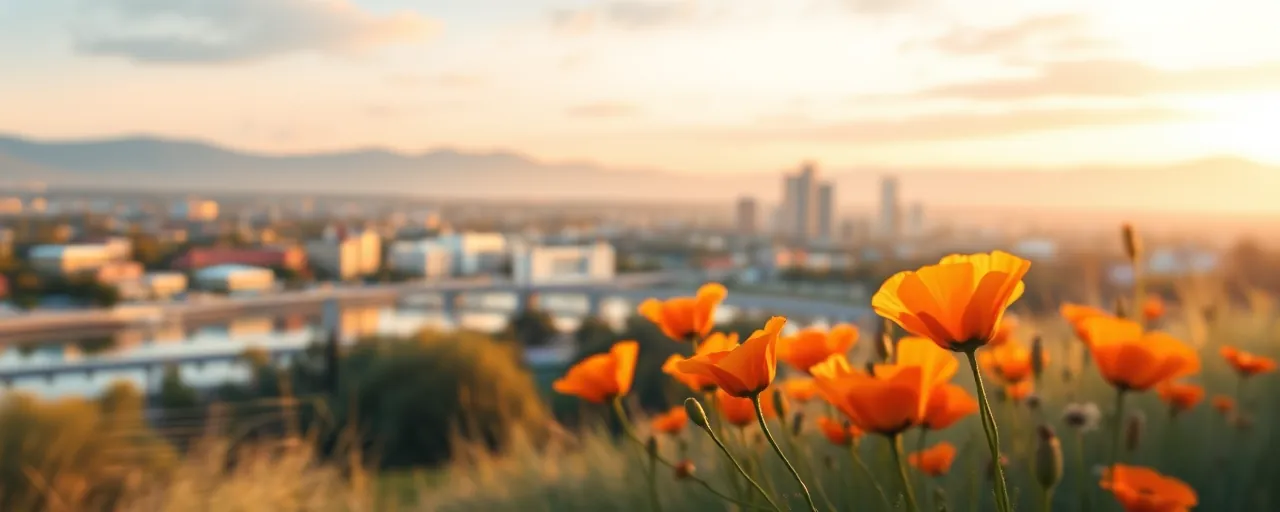A Sudden Vacancy Sparks a Contest
Riverside County’s Assembly District 63 finds itself at the center of California’s political stage after Governor Gavin Newsom announced a special election to fill the seat left vacant by Bill Essayli. The former assembly member stepped down in April 2025 to take up a federal role, prompting Newsom to schedule the vote for August 26, 2026. The district, a mix of suburban communities like Menifee and Norco, now braces for a race that could ripple beyond its borders.
Essayli’s departure, after representing the district since 2022, caught many by surprise. His appointment as interim U.S. Attorney for the Central District of California, a sprawling region of 20 million people, marked a leap from state to federal influence. The special election to replace him arrives at a time when California’s political divides are sharpening, making District 63 a testing ground for both local priorities and broader power dynamics.
A District in the Balance
Assembly District 63, spanning parts of Riverside County, has long been a political tug-of-war. Despite a 57% Democratic voter registration, Essayli, a Republican, secured victories in 2022 and again in 2024 with 57.3% of the vote. His ability to win in a Democratic-leaning area highlighted the district’s complex makeup, where suburban families and diverse communities weigh issues like housing, jobs, and public safety. The upcoming election will reveal whether his success was tied to his personal appeal or a deeper shift in voter sentiment.
Both parties see the seat as a prize. Democrats aim to reclaim it, banking on their registration edge and frustrations with federal policies under President Trump. Republicans, energized by recent statewide gains, hope to hold the seat by rallying around shared priorities like economic growth and community safety. The race’s outcome could signal whether California’s suburbs remain open to competitive races or tilt firmly toward one party.
Voices From the Ground
Local business owners in Corona express mixed feelings about the election. Maria Delgado, who runs a family-owned restaurant, wants a representative focused on easing costs for small businesses hit by inflation and trade disruptions. Meanwhile, Riverside teacher James Carter hopes for leadership that prioritizes school funding and student safety, citing recent debates over education policy. These concerns reflect the district’s broader stakes, where everyday issues often outweigh partisan talking points.
Political observers note the election’s timing could shape its tone. August elections typically see lower turnout, which might amplify the influence of dedicated voters. Some residents worry the compressed campaign could limit candidates’ ability to connect, leaving room for outside spending to sway opinions. With millions already poured into similar California races, the district may become a battleground for competing visions of the state’s future.
A Broader Political Pulse
The District 63 race unfolds against a backdrop of flux in California’s legislature. Republicans have chipped away at Democratic dominance, flipping seats in recent cycles, though Democrats still hold majorities. Newsom’s call for multiple special elections in 2025 and 2026, including this one, underscores a wave of vacancies driven by resignations and federal appointments. Each contest carries weight, as even one seat can shift leverage on issues like housing or taxes.
Nationally, the election intersects with tensions between California and the Trump administration. Essayli’s new role, investigating federal concerns like homelessness funding, highlights how state and federal priorities collide. For voters in District 63, the choice of who replaces him may reflect not just local needs but also a stance on California’s place in a polarized country.
What Lies Ahead
As candidates prepare to enter the race, Riverside County residents face a moment to define their district’s voice. The election, though focused on one seat, carries the potential to echo through Sacramento and beyond. Whether the winner prioritizes local roads or takes on national debates, the outcome will offer a snapshot of where California’s suburbs stand in a time of change.
For now, the district waits, its voters poised to weigh in on a future shaped by competing ideas. The August 2026 ballot will not just fill a vacancy but test the currents running through one of California’s most watched regions. Whatever the result, it will mark a new chapter for a community navigating its role in a state, and nation, at a crossroads.
